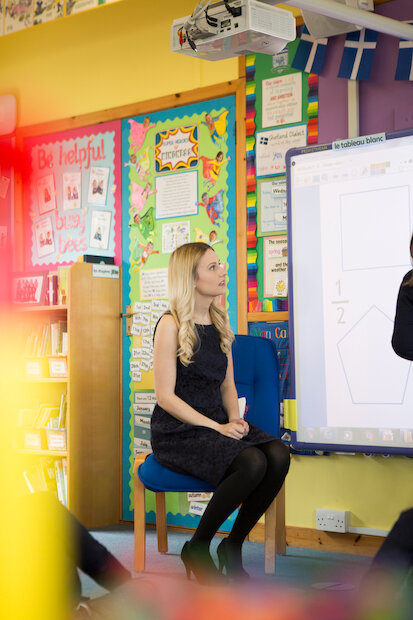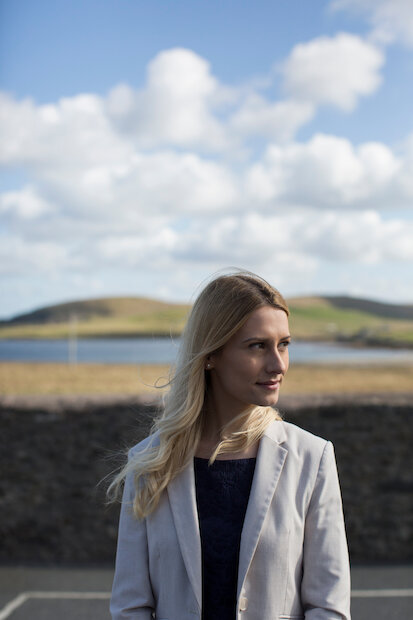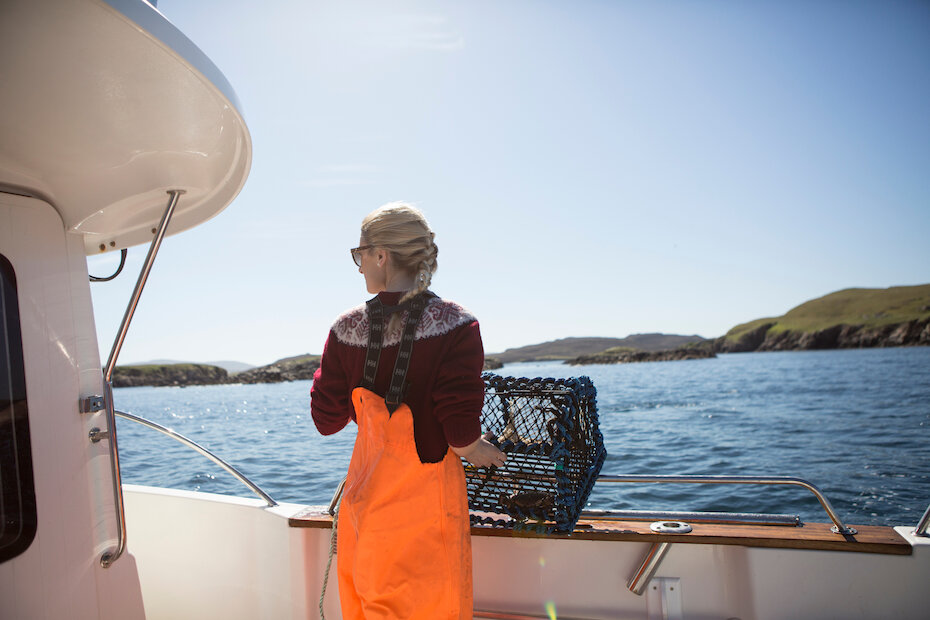NB: This article was first published in 2018, and details have changed
North Roe Primary School isn’t your average primary school. There are just nine pupils in the little primary school, in a crofting community in the remote north of Shetland’s Mainland, close to where its northernmost road ends. When we visit, in late May, most of the pupils are spending their weekends out lambing on their family crofts.
Hannah Irvine isn’t your average headteacher, either, and not exactly what you’d expect in this part of the world. At just 26, she’s you could imagine her working at a big-city PR firm or hedge fund, such is her poise and general put-togetherness. But her looks are perhaps deceiving: Hannah grew up fishing with her father, and—like the pupils she teaches—likes spending her weekends off on the boat at the creels.
Having grown up in Shetland with two older sisters, she studied teaching in Edinburgh and did her first year’s teaching at Skeld Primary, a small two-teacher school on the west side of Shetland. After a stint at a large primary school in West Lothian, Scotland, teaching a class of 30, she moved back to Shetland in summer 2015 to take the job at North Roe. “Though I’m not from North Roe, I feel like I’m a big part of a community,” she says. “That sense of community is so strong round here. When I’m at work, it’s like having another family.”









